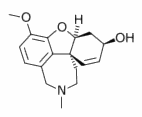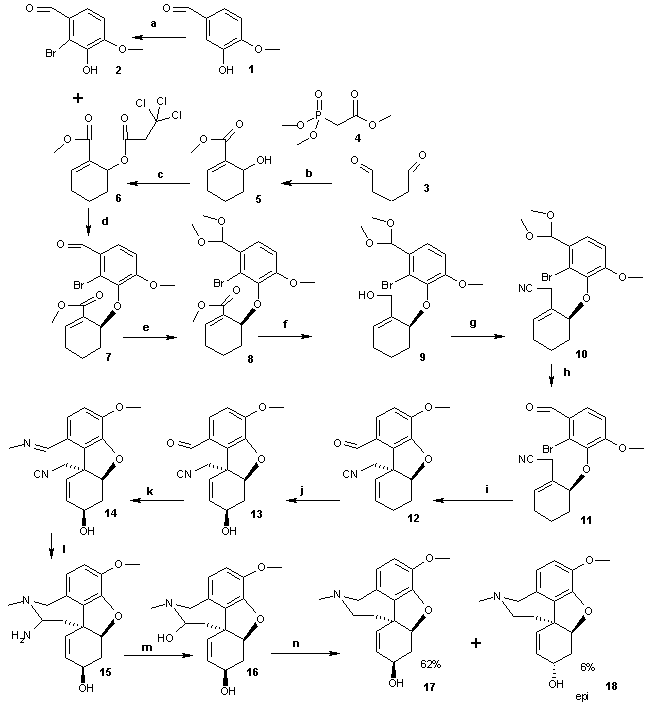Benzodiazepines are the 13th leading prescription medication in the United States. This drug class has had an annual growth rate of 3 percent despite concerns about the adverse effects of these medications. One main concern is the increased risk for hip fractures in older patients receiving benzodiazepines. Findings from studies of this issue are inconsistent, with some suggesting that long-acting benzodiazepines carry a greater risk for falls and hip fractures in older persons. Other studies have found that the highest risk for falls in older patients is during the first two weeks of benzodiazepine use, but follow-up after the first two weeks was inconsistent in establishing risk of falls. Because this class of medication provides benefits in the treatment of anxiety and agitation, physicians need to know the risk of falls and hip fracture in older patients before initiating these medications. Wagner and colleagues assessed the risk for hip fracture and benzodiazepine use in older patients.
The study was performed using the database from New Jersey's Medicaid program. All persons enrolled in the program between January 1987 and June 1990 were included in the study if they were 65 years or older. Data were collected on these persons until they were admitted to the hospital for hip fracture or withdrawn because of death or loss of Medicaid eligibility. The study duration was 42 months. Information on medication use was collected from the same database. The benzodiazepine use was categorized into long-acting, short-acting, low-potency, and high-potency. All dosages of benzodiazepines were converted to the diazepam milligram equivalent based on a previously validated equivalency study. In addition, information concerning previous and current medication dispensing and diagnosis information was included in the database. The diagnosis of hip fracture was established based on hospital claims with the primary discharge diagnosis of hip fracture.
There were 125,203 persons (194,071 person-years) included in the data analysis. In that group, 2,312 hip fractures met the inclusion criteria. When controlling for multiple factors in the analysis, hip fractures were significantly higher in patients exposed to benzodiazepines compared with those who had no such exposure. The patients receiving short-acting, high-potency benzodiazepines had a risk for hip fractures similar to that of patients receiving long-acting benzodiazepines. The risk for hip fracture was highest during the first two weeks of benzodiazepine use and declined over time.
The authors conclude that the incidence of hip fracture in older patients seems to be related to the use of benzodiazepines. The risk for hip fracture is no different when comparing short-acting with long-acting benzodiazepines. The highest risk for hip fracture is within the first two weeks of exposure to benzodiazepines.
Wagner AK, et al. Benzodiazepine use and hip fractures in the elderly. Who is at greatest risk? Arch Intern Med July 26, 2004;164:1567-72.
COPYRIGHT 2005 American Academy of Family Physicians
COPYRIGHT 2005 Gale Group




